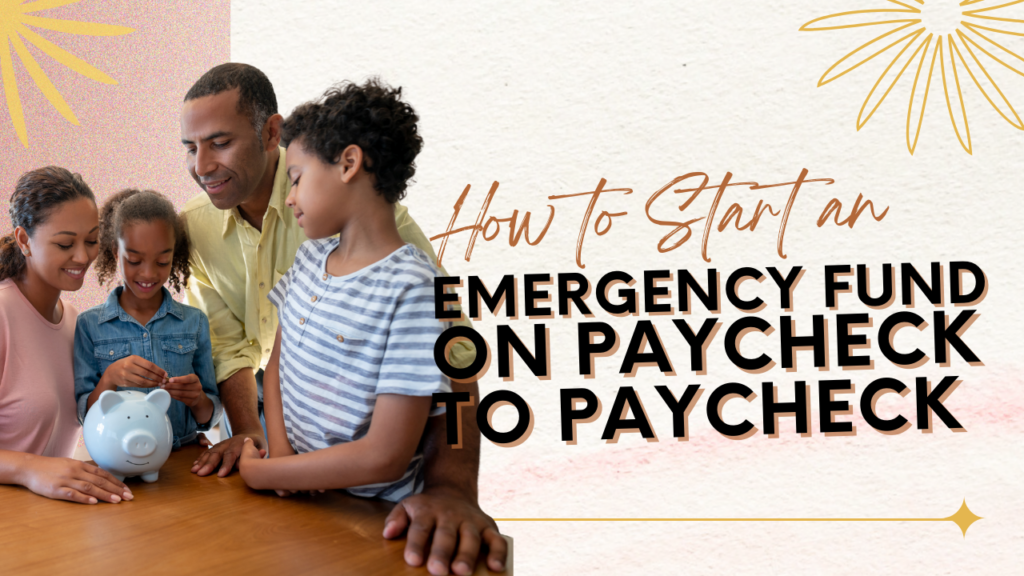The world of home ownership is full of decisions, and one of the biggest you might face is whether to refinance your mortgage. As a mom, you’re not just thinking about numbers on a page; you’re weighing the impacts on your family’s daily life and long-term financial wellbeing. So let’s dive in, shall we?
What Does Refinancing Your Mortgage Mean?
Refinancing your mortgage is a financial strategy that can have significant implications for your family’s finances. Here’s the short version according to Investopedia: “Reducing your interest rate not only helps you save money, but it also increases the rate at which you build equity in your home, and it can decrease the size of your monthly payment.”
But what does it actually mean to refinance your mortgage? Let’s explore.
The Basics of Refinancing
At its core, refinancing your mortgage means replacing your existing mortgage with a new one. This isn’t about redoing your current mortgage; it’s about securing an entirely new loan, often with a different lender.
Think of it like trading in an old car for a new model. You’re not upgrading the old vehicle; you’re getting a different one altogether that better suits your needs and circumstances. So basically, it’s when your lender pays your old mortgage.
Fixed Rate Mortgage vs. No-Appraisal Refinancing
There are different types of refinancing options available. A fixed interest rate refinancing means your interest rate stays the same throughout the life of the loan. On the other hand, a no-appraisal refinancing doesn’t require an independent assessment of your home’s value.

The Attractive Pros of Refinancing
Now that we’re up-to-speed on what it means to mortgage refinance, let’s look at its pros. The core of it, according to Megan DeMatteo of CNBC, is this: “The most immediate benefit of refinancing is that it helps cash-strapped borrowers find space within their monthly budget.” But there are other benefits too:
A Chance to Lower Monthly Payment
Refinancing could offer an opportunity to reduce your monthly mortgage payment and save money. Imagine what you could do with that extra money each month! Maybe it’s adding to your child’s college fund, investing in a family vacation, or simply having a little breathing room in your budget.
Pay Off Your Loan Faster
By refinancing, you could potentially shorten the term of your loan. This means you’ll own your home outright sooner, a goal that brings peace of mind and a sense of accomplishment. Plus, think of the family dance party you could have when that final payment is made!
Save More Over the Life of Your Loan
If you can secure a lower interest rate through refinancing, you may save cash in refinance. That’s money you can put towards other family goals and dreams.
Say Goodbye to Private Mortgage Insurance (PMI)
Some refinancing options could remove the need for Private Mortgage Insurance (PMI), which could result in significant savings.

Cash-Out Refinance
A cash-out refinance allows you to use your home’s equity to cover major expenses. This could be a game-changer for big family plans like a home renovation or funding your child’s education.
The Potential Cons of Refinancing
Costs of Refinancing
While refinancing can lead to savings in the long run, it’s not without upfront costs. These can include application fees, appraisal fees, and closing costs. You’ll need to weigh these against the potential benefits.
Longer Loan Term
Sometimes, refinancing can extend the length of your home loan. According to Hal M. Bundrick, CFP and Holden Lewis of Nerdwallet, “You could extend the loan term — say, from 15 years to 30 — to lower your monthly payment. However, you’ll end up taking even longer to pay off your house and paying more interest over the long run.” This means you’ll be in debt longer, which could impact other financial goals.
Risk of Losing Home Equity
In a cash-out refinance, you’re borrowing against your home’s equity. This can be a useful tool, but it also means you’re reducing the amount of ownership you have in your home.
Why Do People Refinance?
Refinancing a mortgage is a big decision that comes with its own set of pros and cons. But why do people refinance their homes in the first place? This decision is usually driven by several factors, each unique to every family’s circumstances and financial goals.

Seeking Lower Interest Rates
The most common reason people refinance is to lock in a lower interest rate. When rates are lower than when you initially purchased your home, refinancing can lead to significant savings over the life of your loan. Imagine what you could do with that extra money! Perhaps you could finally take that family vacation you’ve been dreaming of, or maybe even start a college fund for your little ones.
Changing the Loan Term
Another motivating factor for refinancing is the desire to change the term of your loan or maybe stop paying FHA mortgage insurance. If you’re looking to pay off your mortgage faster and have the financial means to do so, shortening your loan term through refinancing can be a smart move. On the flip side, if your monthly payments are feeling a tad heavy on your budget, extending your loan term could lower these payments, giving your family a bit more breathing room each month.
Tapping into Home Equity
As you pay off your mortgage, you build equity in your home – that’s the portion of your property you truly ‘own’. Refinancing can allow you to tap into this equity, providing you with extra cash for things like home improvements, debt consolidation refinance, or even your child’s education. It’s like your home is giving you a high five for all those years of diligent payments!

Switching Mortgage Types
Some families may choose to refinance in order to switch from an adjustable-rate mortgage (ARM) to a fixed-rate mortgage. ARMs can be a bit like roller coasters — exciting at first, but potentially nerve-wracking if rates begin to climb. Switching to a fixed-rate mortgage through refinancing can provide stability and predictability, helping you plan your family finances with more confidence.
The Refinancing Process
So, how does refinancing actually work? Let’s break it down step-by-step, making it as simple and relatable as possible.
Step 1: Determine Your Goal
First things first: understand why you want to refinance. Are you seeking a lower interest rate, wanting to change your loan term, hoping to tap into your home equity, or switching mortgage types? Having clear goals will guide your refinancing journey.
Step 2: Check Your Credit Score
Your credit score plays a significant role in qualifying for refinancing and the kind of terms you’ll be offered. Before applying, check your credit score and take steps to improve it if necessary.
Step 3: Compare Lenders and Rates
Don’t just settle for the first offer that comes your way. Shop around, compare different lenders, and weigh their interest rates and terms. You can definitely consider the option for lower monthly mortgage payment. Remember, this is about securing the best deal for your family’s future!

Step 4: Apply for Refinancing
Once you’ve chosen a lender, it’s time to apply. You’ll need to provide financial documents such as pay stubs, tax returns, and information about your debts and assets. Yes, it can feel like a lot of paperwork, but think of it as the bridge to a more financially comfortable future.
Step 5: Close on the Loan
After your application is approved, you’ll close on the loan. This involves reviewing and signing a number of legal documents, and paying closing costs. And then, voila! You’ve successfully refinanced your mortgage.
To Wrap Up
Remember, refinancing isn’t right for everyone. It’s important to weigh the pros and cons carefully, considering your family’s financial situation and long-term goals. But with the right approach and a dash of diligence, refinancing your mortgage could be a powerful tool for financial abundance.




